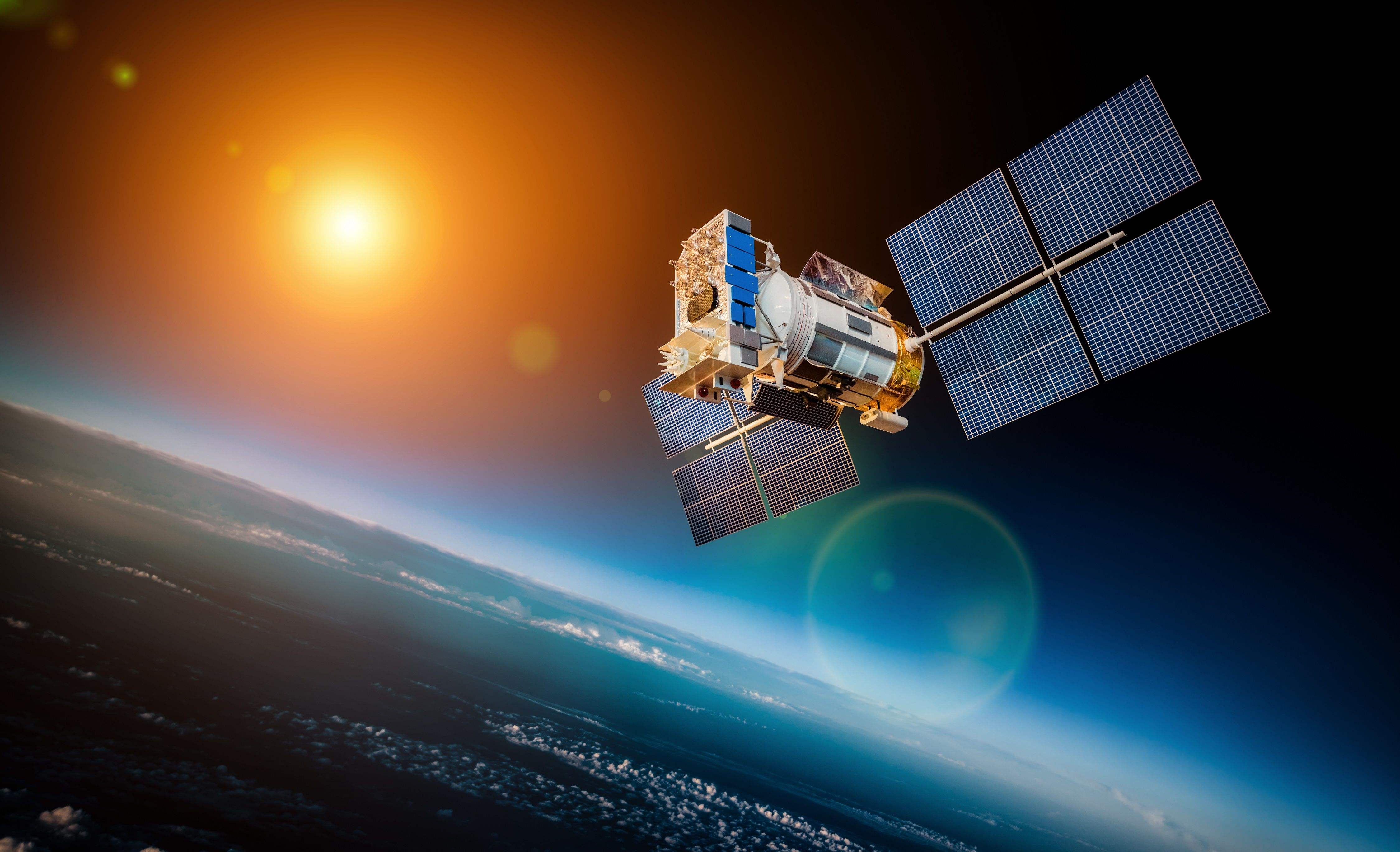
Star sensors are attitude measurement instruments that observe stars. Compared to other attitude measurement devices such as gyroscopes, star sensors have the advantages of light weight, small size, low power consumption, high accuracy, strong anti-interference ability, and independence from other systems for autonomous navigation. Currently, they have become the preferred choice for various space spacecraft attitude measurement systems.
Star sensors mainly have two working modes: initial attitude capture and star tracking. After obtaining the initial attitude through star point centroid positioning, star map recognition, and attitude calculation, the star sensor enters the star tracking mode. In this mode, if the star sensor can continuously and stably output the attitude, it is always in a real-time tracking state. Star sensors usually operate during the stage of smooth flight of the carrier. When the star sensor operates in high dynamic situations such as initial orbit entry, maneuvering, and large angle attitude adjustment of the carrier (especially agile satellites, long-range weapons, and other high dynamic carriers), the following problems will occur: (1) During the integration time, the star point moves within the photosensitive area of the image sensor, ultimately forming a trajectory image on the sensor target surface, Causes a decrease in the signal-to-noise ratio of the image and the accuracy of star centroid positioning; (2) Due to errors in the centroid positioning of star points in star maps, it is easy to cause redundant matching and mismatching problems in the process of star map recognition, resulting in a decrease in the recognition speed and rate of star map recognition; (3) The significant changes in the position of star points in adjacent frame star maps make it more difficult for star sensors to track star point targets, resulting in a decrease in the success rate and efficiency of star tracking. These problems seriously limit the application of star sensors.
At present, many countries are researching high dynamic star sensors to meet the needs of applications under high dynamic conditions. The dynamic performance of star sensors has reached a high level and has been verified in flight and in orbit; The research on star sensors in China started relatively late. Currently, most of the research on high dynamic star sensors is in the stage of theoretical research and simulation experiments. Moreover, the vast majority of star sensors in China are designed based on stable operating conditions, and their dynamic performance is generally not high, resulting in significant limitations in their application. In recent years, with the rapid development of China’s aerospace technology, carriers such as agile satellites, long-range weapons, space maneuvering platforms, and new carriers have gradually relied on high-precision navigation of star sensors. These carriers have strong mobility during operation, requiring star sensors to have higher dynamic performance. Therefore, dynamic performance, as one of the key indicators of star sensors, has become a key research topic in the field of star sensor research.
Since the launch of the first artificial Earth satellite by the former Soviet Union on October 4, 1957, a large number of space vehicles have been present in outer space, used to complete certain specific tasks such as space communication, space experiments, and Earth observation. Space vehicles need to ensure the accuracy of attitude measurement in order to achieve high-precision attitude control and successfully complete tasks. With the continuous upgrading of in orbit missions, the system’s requirements for attitude measurement accuracy of spacecraft are also increasing. Therefore, equipping high-precision attitude measurement sensors is an indispensable factor to ensure that spacecraft can successfully complete their missions.
The research on star sensors began in the 1940s, and the development of star sensors has gone through four stages: embryonic, first generation, second generation, and third generation
The common composition of star sensors includes two parts: the head of the star sensor and the electronic circuit processing box, with a single probe integrated structure. The head of the star sensor is usually composed of a light shield, an optical system, and a detector. The main function of the light shield is to block external ambient light and stray light, preventing them from interfering with the normal operation of the star sensor after entering the field of view; The optical system is composed of optical lenses, mainly achieving the convergence of starlight energy; The detector mainly achieves the acquisition of star maps. Electronic circuit processing boxes are usually composed of two parts: hardware circuits and software. The hardware circuit mainly includes detector driver circuit and signal processing circuit. The detector driving circuit mainly generates the driving control signal of the detector, completes initialization and monitoring with the detector; The signal processing circuit is the carrier for implementing star sensor algorithms, and can complete the implementation of all star sensor algorithms. The software mainly includes detector driver and star map acquisition, image preprocessing, star detection, star recognition, attitude calculation, and star tracking.
Star sensors are currently the most accurate among attitude sensors, with an accuracy of up to sub angular seconds. They calculate the corresponding three-axis attitude information based on the reference coordinate position of the star in the celestial coordinate system and the actual observation coordinates of the detector plane where the star is located, providing accurate basis for spacecraft attitude measurement and control systems. In addition, star sensors can also be used in fields such as long-range bomber navigation, ballistic guidance, and ship attitude measurement, with broad application prospects.
Send us a message,we will answer your email shortly!